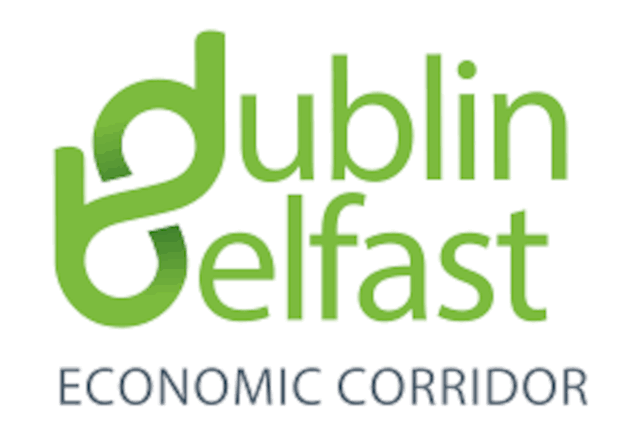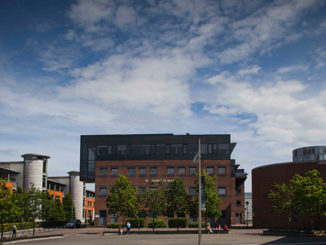
[dropcap]A[/dropcap] new Dublin-Belfast economic corridor will provide more jobs, grow businesses and improve cross-border relations, according to a new report.
The proposed plans for the 100 mile economic corridor will increase the opportunities available to businesses both sides of the border, as well as strengthening links between Belfast and Dublin universities.
This area of economic development will offer enhanced opportunities to the growing population by capitalising on the 125,000 firms located on the corridor, all of which have survival rates higher than elsewhere in Ireland.
The proposals come off the back of a report commissioned by DCU and Ulster University, which referred to the large population between the two cities including counties Louth, Dublin, Armagh, Down and Meath. It also covers Banbridge, Craigavon, Newry, Mourne, Lisburn and Castlereagh.
These areas would both benefit from, and be an asset to, the new corridor. “The presence of such a population – young and relatively well-educated – is certainly a strength,” according to the report.
Plans for a Dublin-Belfast economic corridor have been around since the 1990’s and in 2018 DCU, Ulster University, and the eight councils located along the corridor established a Partnership Steering Group, who committed to meeting quarterly.
This new report marks the first solid proposal for the corridor. It highlights the timely need for it, in order to tackle the effects of Brexit and Covid-19.
Prior to the pandemic, close to half of the population on the corridor was working. By January of this year, half of that workforce was unemployed or on the Pandemic Unemployment Payment scheme.
Speaking at a recent conference, DCU Professor Deiric O’Broin, said that the corridor will not provide a “quick fix” for the fallout from Brexit and the pandemic.
“It will be less big bang and more slow burn” said O’Broin, who was behind the report alongside Dr Eoin Magennis, a senior economist at Ulster University’s economic policy centre.
The Tánaiste, Leo Varadkar, who was also present at the virtual conference, said Dublin and Belfast had “turned their backs” on each other due to the events of the past 100 years, but that it was now time for both cities to be “marketed as one”.
While the corridor is still years away from being fully developed, it is hoped it will ease the effects from the expected post pandemic recession.
It is a positive sign to students and those entering the workforce, and it will bring Ireland into a new decade of cross-border relations, an era that will see “both cities mutually thriving”.
Jessica Woodlock



